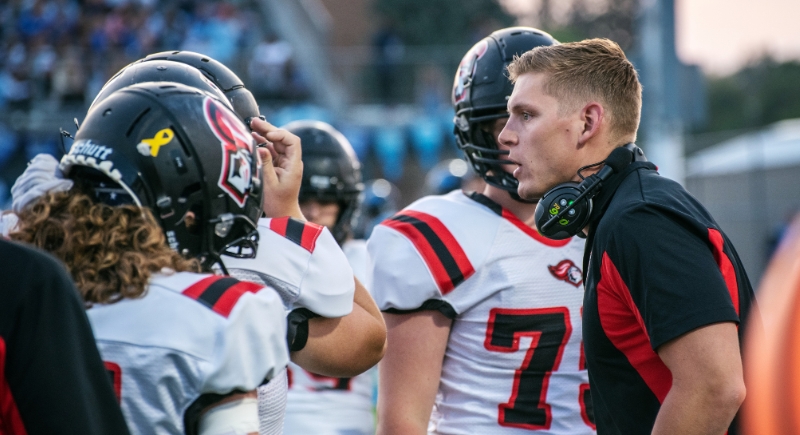Interim Coaches Who Came in Mid-Season and Actually Killed It
Nothing stresses out fans more than mid-season shake-ups in the NFL, because they often feel like a reset button pushed under pressure. A coach gets fired, a new face walks in, and suddenly everything is on the line. Some of those interim guys walk into a sinkhole. Others walk into something resembling opportunity. And several interim coaches didn’t just hold the fort; they flipped the script.
The No-Hope Hire That Turned Into Something

Image via Wikimedia Commons/Gage Skidmore
Since 2000, 48 teams have changed coaches midseason. Only 20 of those new interim hires won their first game. That means most interim coaches step in under chaotic circumstances and rarely get the instant bounce. But the ones that do? They’re worth our time.
Look at Bruce Arians, for instance. He became the interim head coach of the Indianapolis Colts in 2012 when their head coach stepped away for health reasons. The Colts were 2-14 the season before. Bruce took over, guided them to a 9-3 record in his stint. That alone qualifies as excellent. He went on to win the AP Coach of the Year award. That’s our archetype: stepping into midseason chaos and turning the tape upside down.
A few patterns emerge when interim coaches succeed. First, they inherit a roster still capable of competition; if the personnel suck, there’s only so much a coach can do in six to eight weeks. Second, they bring something fresh: a new voice, a new energy, maybe fewer hang-ups. Third, time is short, so decisions get made fast. No months of prep, just action.
Statistically, the era since the 2010s has seen more interim success than the 2000s. From 2000 to 2009, just two of 14 interim coaches won their first game. Since 2018, it’s 9-9. This shows that while it’s still not common, the chance of an interim hire making a splash has improved.
Stand-Out Interim Runs
Bruce Arians set the tone in 2012 when he stepped in for the Indianapolis Colts and turned a 2-14 franchise into a playoff contender. He guided the team to a 9-3 record during his stint and earned the AP Coach of the Year award, proving that an interim coach can absolutely command a locker room under pressure. Doug Marrone’s rise in Jacksonville four years later carried a similar spark. He took over late in the 2016 season, stabilized the team, and helped build the momentum that pushed the Jaguars into a playoff berth the following year.
Then there’s Rich Bisaccia, who inherited chaos with the Las Vegas Raiders in 2021 and somehow led them to the postseason after a string of off-field distractions and a midseason coaching change. That kind of turnaround doesn’t happen often. Each of these stories followed a different path. Bruce was the instant success story, Doug the steady builder, and Rich the emotional rally point. They took charge, owned the moment, and made their teams believe again.
What It Takes To “Kill It”

Image via Pexels/Tim Mossholder
The coaches who thrive accept the urgency of their situation. They move quickly, divide responsibilities clearly, and trim away whatever slows the team down.
They understand that morale matters as much as the playbook, so they focus on rallying the locker room and keeping everyone pulling in the same direction. Instead of rewriting the entire system, they adjust what’s broken and protect what’s working. Most importantly, they project confidence. When players sense that calm authority, the mood shifts and performance follows.
Why Most Interim Hires Don’t Blast Off
Changing midseason often means inheriting dysfunction. Playbooks may be half implemented. Players might be checking out. The expectations can be low. Statistically, most interim coaches are on the losing side of history. The raw numbers say it. So when one actually flips the record, it jumps out.
We love stories of mid-season heroics because they break the script. A coach steps in, the narrative resets. If you’re a team floundering, an interim hire is not a stopgap; it might be the spark. For the coaches themselves, it can be the shot to stop being an assistant and start being ‘the’ guy. For the team, it can mean hope.